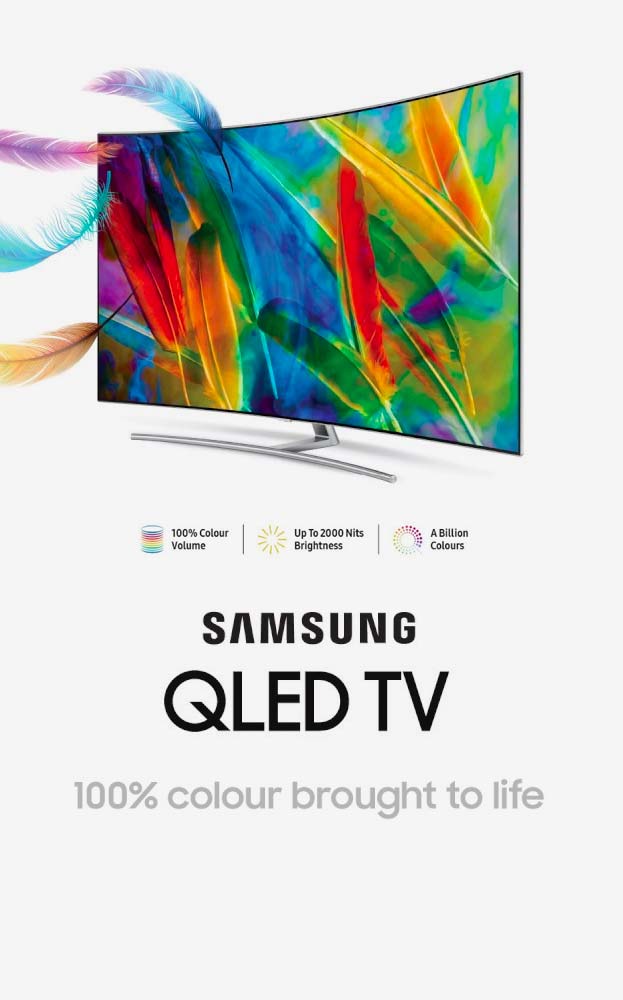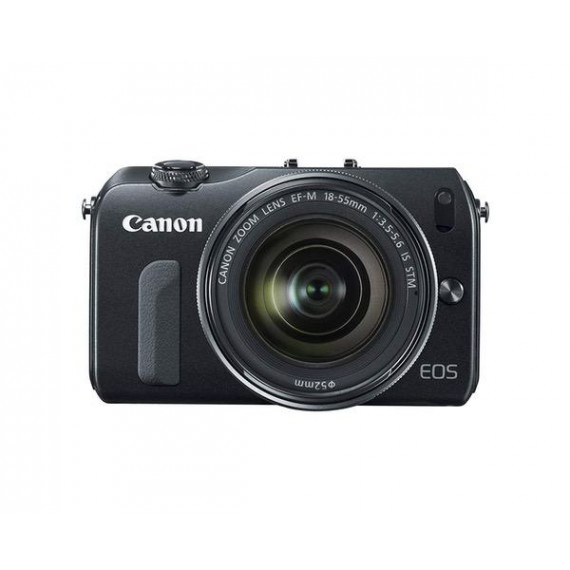techtw
Ive been weighing the mirrorless option heavy and finally made the plunge to keep it in the Canon family. I Received this camera and have been playing with it and enjoying it for its purpose. Let me state this, I own a Canon 5D Mark III as well, so I can only speak on my intentions and reasoning for wanting the Eos-M. I had no intentions of buying this camera as a back up body, nor would this be the camera I would recommend for others who are in the market for one. However, image quality wise, it could be. If youve made the Canon investment in gear, and could use something a little more light weight, sort of pocket friendly, and portable that has the capability to be used with your other canon gear.. Its a no brainer. This camera to me is the Hobbyist/enthusiast Canon gear owners good, to best friend. The Good: I love the image quality, size, and build quality of the camera and even the 22mm itself is a much better build then expected. It doesnt feel cheap. The touchscreen is pretty good and responsive, if you dont mind a few prints on the screen trying to assist the focusing. Also I love the relief of not carrying my battery gripped 5D around with me for all of the smallest things, and missing something worth capturing because of it. This camera has been a blast, and Ive worn it around my neck on several occasions and even the people with me havent noticed. The Bad: Slow maneuvering around the menus, as there are limited physical buttons and no turn dial (But this may get faster as you get use to the touchscreen). No built in flash (When this camera is said to target those coming from point and shoot cameras), No view finder (But after a couple of shots.. I wasnt missing it), And no direct lens mount Ef-s or EF (and mainly this is because of the outrageous price for the adapter). But all of this is tolerable... Sort of. I wont complain about the auto focus speed as to me, its really not that bad. I have seen faster, and even faster focus speeds on this camera alone. But then again, I use a 85mm 1.2L quite a bit on my Mark III and that lens can almost make any focus speed seem fast. I did purchased the 16GB Eye-Fi card and use it to transfer images straight to my cellphone for quick editing if needed, and uploading to any social network services I use. I have no idea why it did not cross someones mind at Canon, to include wifi and/or Gps, when Ive have heard time and time again about one of the excuses for not having a built in EVF was that this camera should attract those who are familiar with taking cellphone images. In the end, a built in Viewfinder, wifi, gps, flash and a cheaper if not free lens adapter would have been nice. But even so, I am happy with my purchase, and Ive read enough to understand its purpose or my reasoning for wanting one, and have actually been more impressed then what Ive originally expected. I do not think anyone would be in their right mind to purchase this camera for sports photography, and if youve taking pictures with almost any modern smart phone today, the focus speed may never be a issue to you. If you already own or are familiar with a Canon DSLR, this camera will feel right at home with the options and setup. And if this is a new world to you, you might want to read the manual, or watch a video to get yourself familiar first. Great buy for me!!! **UPDATE** 7-3-13 I Still love this camera just as much as the day I got it, and has been a very solid performer overall. The biggest gripe about the camera from others was the auto focus speed in which has recently been corrected via v2.0.. And for me was the sun glare on the screen was a slight disadvantage while using the camera outside, (which could be fixed if the camera had a view finder), but I just added a non glare screen protector, and raised my LCD brightness to fix and works great for me. From my personal experiences that Ive had since owning this camera, the slight auto focus problem has not made me feel any less different about it, as it was not that bad.The consistent color contrast, color balance and image quality has never been better, and have shocked me on many occasions. This camera is a very capable and solid performer for what my intentions were, and quite a few people have purchased it after seeing a few uses, and images ive taken with it. Now with the update, there is no denying how good and fun this little camera is, and have definitely increased my personal uses and longevity with this camera. Thanks Canon, the overall build, and image quality is nothing short of awesome. I cant wait to see how they will out do themselves with the next Eos-M camera.









